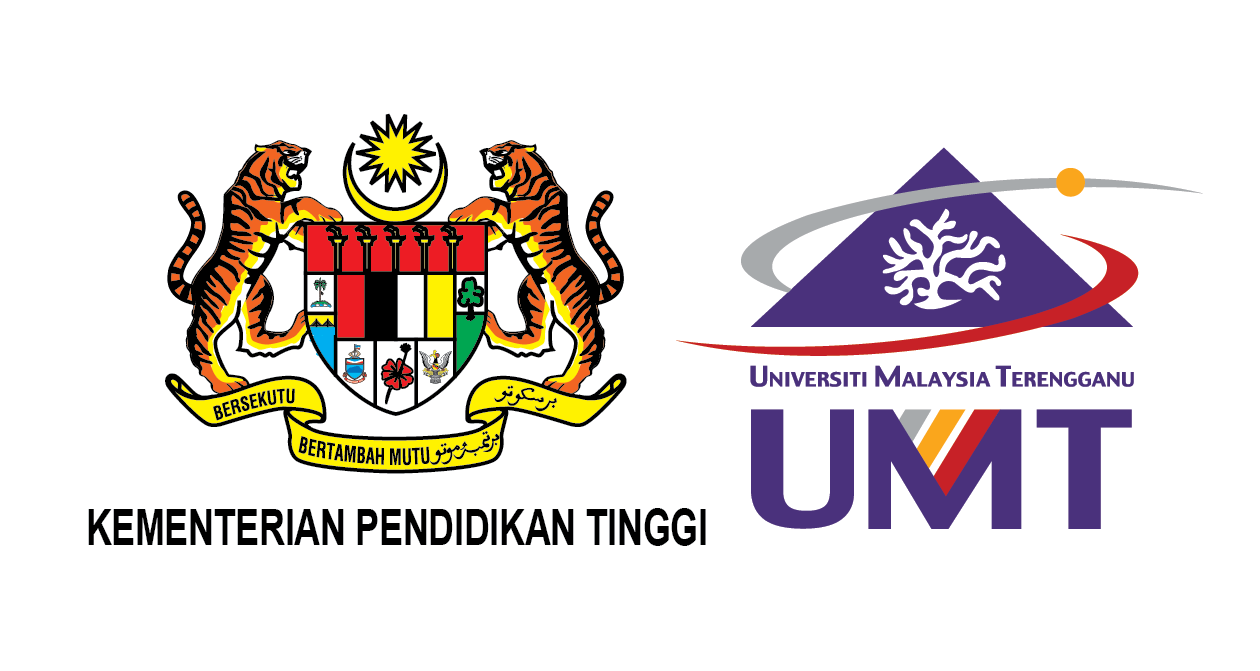Please use this identifier to cite or link to this item:
http://umt-ir.umt.edu.my:8080/handle/123456789/5644Full metadata record
| DC Field | Value | Language |
|---|---|---|
| dc.contributor.author | Jedediah F. Brodie | - |
| dc.contributor.author | Midori Paxton | - |
| dc.contributor.author | Kangayatkarasu Nagulendran | - |
| dc.contributor.author | G. Balamurugan | - |
| dc.contributor.author | Gopalasamy Reuben Clements | - |
| dc.contributor.author | Glen Reynolds | - |
| dc.contributor.author | Anuj Jain | - |
| dc.contributor.author | Jason Hon | - |
| dc.date.accessioned | 2017-04-11T00:22:34Z | - |
| dc.date.available | 2017-04-11T00:22:34Z | - |
| dc.date.issued | 2015 | - |
| dc.identifier.citation | Vol.30(5); 950-961 p. | en_US |
| dc.identifier.issn | 8888892 | - |
| dc.identifier.uri | http://hdl.handle.net/123456789/5644 | - |
| dc.description.abstract | We examined the links between the science and policy of habitat corridors to better understand how corridors can be implemented effectively. As a case study, we focused on a suite of landscape-scale connectivity plans in tropical and subtropical Asia (Malaysia, Singapore, and Bhutan). The process of corridor designation may be more efficient if the scientific determination of optimal corridor locations and arrangement is synchronized in time with political buy-in and establishment of policies to create corridors. Land tenure and the intactness of existing habitat in the region are also important to consider because optimal connectivity strategies may be very different if there are few, versusmany, political jurisdictions (including commercial and traditional land tenures) and intact versus degraded habitat between patches. Novel financing mechanisms for corridors include bed taxes, payments for ecosystem services, and strategic forest certifications. Gaps in knowledge of effective corridor design include an understanding of how corridors, particularly thosemanaged by local communities, can be protected from degradation and unsustainable hunting. There is a critical need for quantitative, data-driven models that can be used to prioritize potential corridors or multicorridor networks based on their relative contributions to long-term metacommunity persistence. | en_US |
| dc.language.iso | en | en_US |
| dc.publisher | Conservation Biology | en_US |
| dc.subject | deforestation | en_US |
| dc.subject | extinction | en_US |
| dc.subject | habitat loss | en_US |
| dc.subject | Malaysia | en_US |
| dc.subject | metacommunity | en_US |
| dc.subject | metapopulation | en_US |
| dc.subject | persistence | en_US |
| dc.subject | Southeast Asia | en_US |
| dc.subject | tropical forest | en_US |
| dc.subject | wildlife corridor | en_US |
| dc.title | Connecting science, policy, and implementation for landscape-scale habitat connectivity | en_US |
| dc.type | Article | en_US |
| Appears in Collections: | Journal Articles | |
Files in This Item:
| File | Description | Size | Format | |
|---|---|---|---|---|
| J2016-49-Connecting science, policy, and implementation for landscape-scale habitat connectivity.pdf | Full taxt | 1.15 MB | Adobe PDF | View/Open |
| 49-Connecting_science,_policy,_and_implementation_for_landscape-scale_habitat_connectivity.png | Evidence | 149.37 kB | image/png | View/Open |
Items in UMT-IR are protected by copyright, with all rights reserved, unless otherwise indicated.

